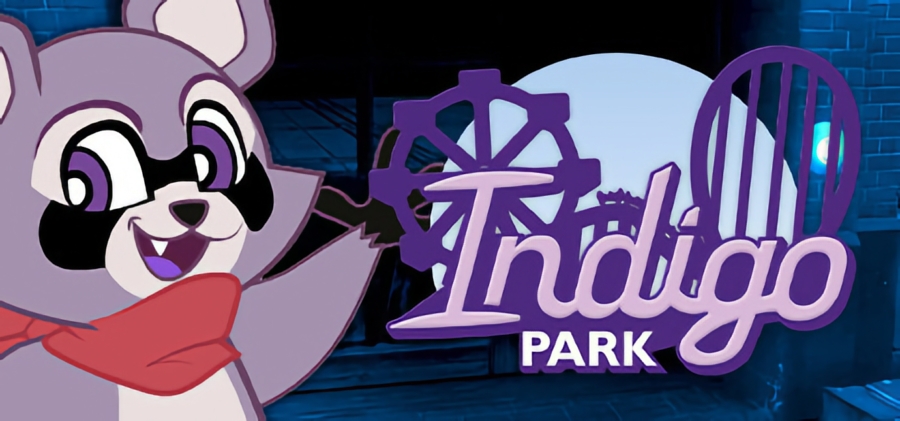Indigo Park: Chapter 1 Spiel
With the release for Chapter 2 finally set for coming December, I believe it’s a great time to revisit the mascot horror that went viral last year. Indigo Park: Chapter 1 is technically in playable teaser state, where the first chapter only debriefs the premises of the game. It is relatively short and free to play at the time of the writing. I couldn’t find the official confirmation on how many chapters are planned for the title, but some did mention the developers answered total of 5 chapters during a live stream.
As a standalone mascot horror game, it is ironically novel not to have any unique gameplay systems: no special guns, cameras, hands, nothing. The protagonist is equipped with a powerful flashlight (read: no battery system) and a theme park band (read: keychains), but nothing out of ordinary that makes the character stand out both in-game and out of game. A horror game does not necessarily need a unique gameplay system to deliver its experience, Chapter 1 does have issues with puzzle designs. Horror as a genre often resort to puzzles to encourage players to “fight” the horror, instead of taking “flight”. Puzzles found in Indigo Park so far are roughly two kinds: find machine parts to fix it, find combinations for locks. They don’t make the most immersive experience available for a horror game.
What really stands out in the game is the other characters. Yes, Indigo Park has a silent protagonist, but you have tag-along AI character, Rambley the Raccoon, who monitors the theme park. It’s both joyful and tense to hear Rambley’s rambling. The voice acting and the atmosphere surrounding the delivery capture why Rambley isn’t a perfectly reliable companion. Aside from introductory information that has been revealed during the Chapter 1, Rambley as an unreliable AI, the game does well to reserve much of the contents for later. Seeing as Rambley’s ending credit song, Rambley Review came out perfectly to encapsulate the vibe of a dysfunctional theme park, I have high hopes for what else will the game the offer in the sequels.
The big downside of it all is its poor optimizations. As I was playing Chapter 1, I realized it was devouring the VRAM of the graphics card — consistently using 8 to 12 GB at all times. Granted, I was playing it on 4k resolution, but I doubt most players would expect non-AAA games to be so demanding. In all likelihood, Indigo Park will see a console release after few chapters. I wonder if there will be a major update to optimize the game further before it makes it to the consoles. There are also some suspected AI generated contents, but it’s blended in well enough to be camouflaged as a set dressing. If it isn’t, it’s most likely an asset bought from a store. The polishing work could use more attention, but that’s another story entirely.
Conclusions: Started Strong
As the Chapter 1 is available for free and has relatively short playtime (around an hour), I would recommend dear readers to simply go ahead and try it. Because the first chapter is more or less a demo of the game, it’s hard to discuss or predict what will be offered in the next installment — anything more would inadvertently hype the game. As a horror game, it is refreshing to return to a protagonist who is quite literally ordinary, no special powers or tools. In fact, it makes me attached a little more that the AI in the park seem plausible with today’s technology. Again, it is free game, and it’s starting strong. Whether it will successfully ride on its hype is another question entirely.
